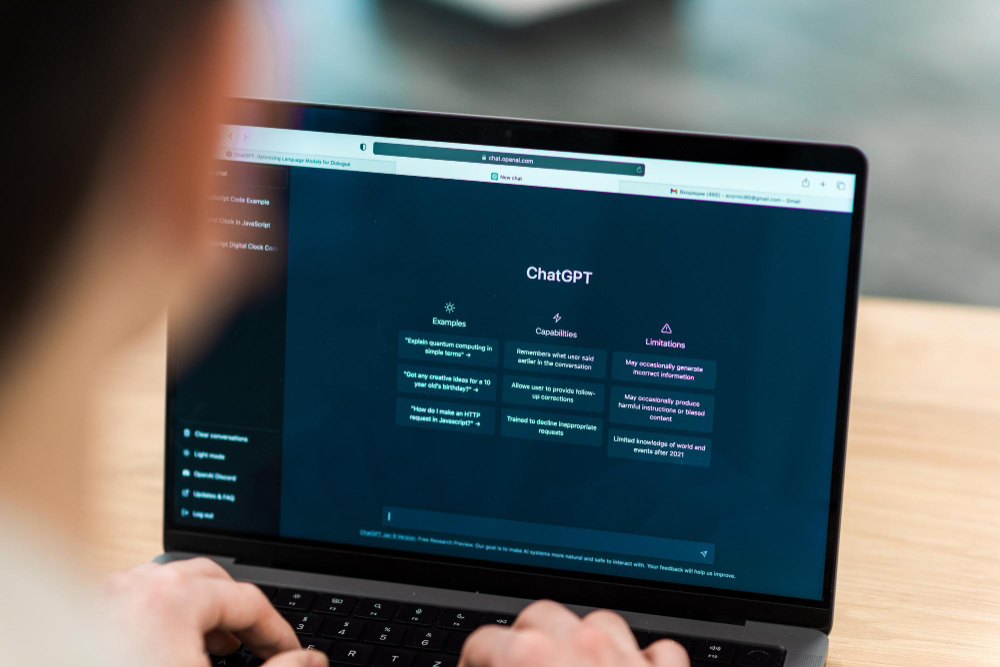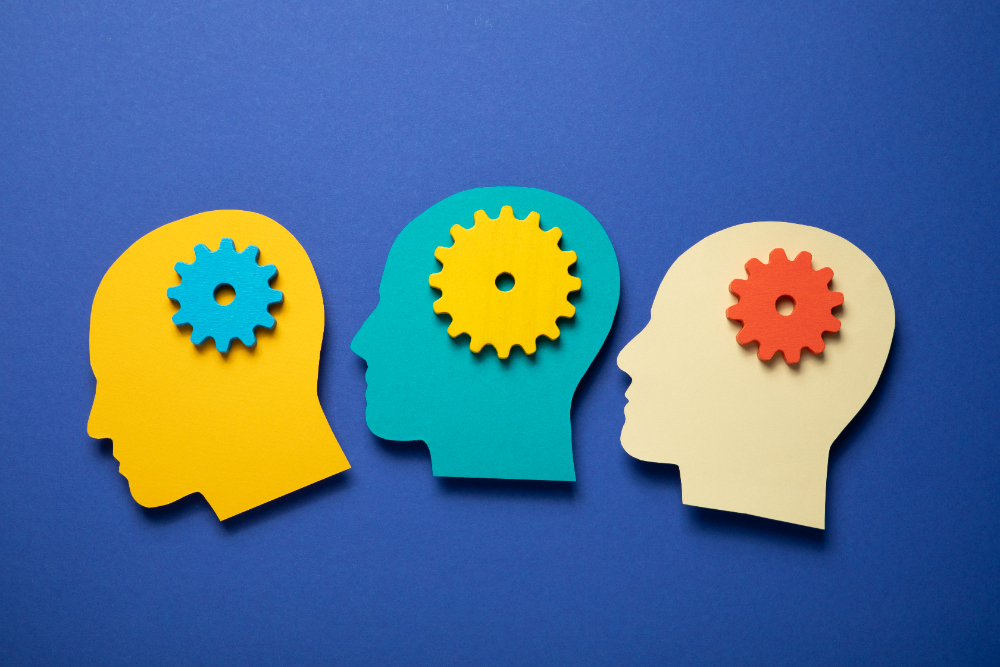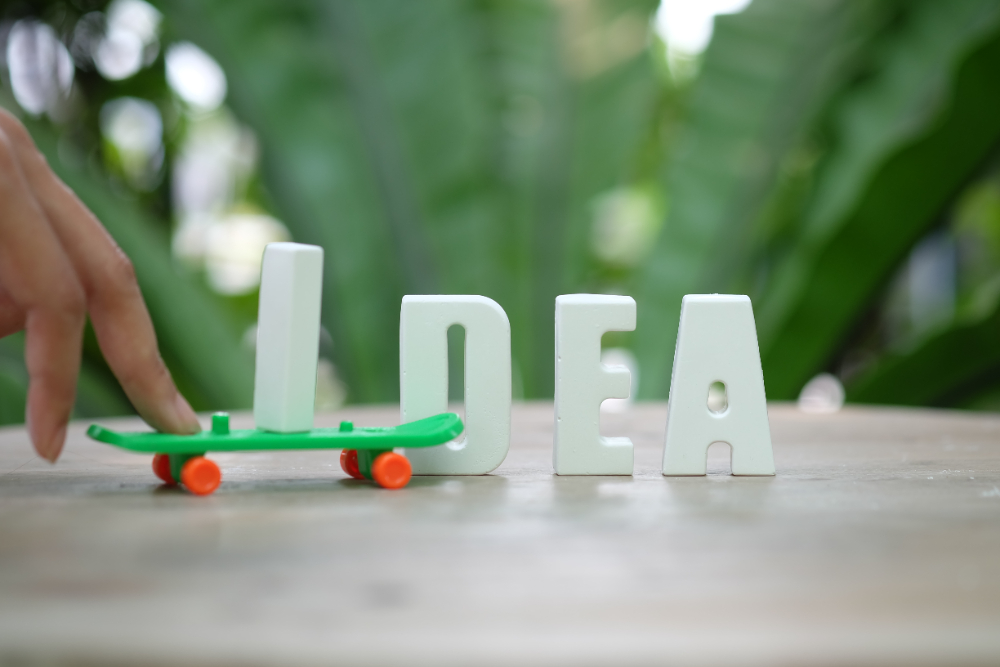Table of Contents
Acquiring knowledge about the brain is fundamental for enhancing educational systems and self-development. It has been established that the human brain is a complicated organ involved in the procedures of cognition, recalling information and controlling emotions. Equipped with such knowledge, parents, educators, and learners can devise optimal approaches to teaching and learning processes. Most importantly, utilizing such awareness creates a space where people can flourish emotionally and intellectually.
With the development of neuroscience, research that accounts for how humans learn and remember information has now been brought to light. This branch of science works for the betterment of education, improvement of mental health, and career advancement. Further, knowledge of the mechanisms of the brain helps develop more effective methods and tools that meet the various needs of learners. Hence, this article sets out to examine practical approaches and innovative methods to enhance teaching and learning processes, with a focus on science-based instructional strategies that deepen the understanding of the brain and its functions.
Neuroplasticity’s Impact on Learning
The concept of understanding how the brain functions begins by looking at the concept of neuroplasticity which is the ability of the brain to change throughout the lifespan of an individual. This fascinating feature enables the brain to create new neural connections, making it possible to learn and acquire new skills regardless of the age of the individual. Most importantly, the phenomenon of neuroplasticity explains why it is prudent to consistently practice and be exposed to a variety of challenges as a means of enhancing cognitive development.
Due to the neuroplasticity revolution, the brain can become rewired and mold into a new shape and form. For instance:
- Knowing a new dialect enhances the strength between neurons.
- Playing a musical instrument entails motor activities and combines creativity.
- Engaging in problem-solving activities energizes critical and decision making.
In addition to the aforementioned phenomenon, to realize it, in such practical activities, it is necessary to gain mental flexibility. Such strategies can be revisiting the content after a certain period and use multisensory interactions which include seeing and hearing at the same time for better comprehension. Hence, neuroplasticity describes the abilities of the brain and how it develops, thus showcasing how to teach to achieve the best outcomes.
Memory Formation and Its Impact on Learning
The brain is composed of six different thalamo-cortical systems that are intricate and complex, and every system has specific processes attached to it. Memory has three essential components: Encoding, Storage, and Retrieval. Due to the importance of memory, it goes without saying that teachers should use appropriate methodologies that complement these demands.
To improve learning, here are some practices worth assessing:
- Repetition: It is helpful to repeat the words or phrases over and over again.
- Association: Making connections between old and new knowledge for easier comprehension.
- Active Recall: Promoting knowledge through testing activities, as opposed to non-participatory methods.
Furthermore, learning also involvEs an emotional component which affects memory greatly. When a person engages in an activity or has an experience that they consider to be enjoyable, information learned during that time becomes engraved into their memory. For instance, storytelling method during teaching and practical work is likely to improve the memory, cite.
It is very important to understand how the brain functions in terms of the various learning processes if one is to devise methods that are conducive to long-term retention of information.
The Role of Emotions in Supporting the Learning Process
Emotional engagement has been identified as one of the key elements that assist in decoding the processes that the students brains undergo to facilitate the concept of learning. When a learner is emotionally invested in a topic, certain neurons in the brain will become activated and produce dopamine which aids in memory encoding and attention. Due to this relation, such lessons that are emotionally active, typically create a more positive learning environment.
Such emotional engagement can be achieved by teachers through:
- Telling A Story: Activates a person’s imagination and allows them to grasp ideas better.
- Group Assignments: Fosters a social environment that invokes good emotions.
- Contextual Learning: Gives relevance to what is being taught which further increases a person’s drive.
As much as a learner’s emotional engagement is important, teachers should always provide a space where students feel safe and encouraged. Motivation, positive encouragement and constructive criticism should be provided to a student so they feel motivated. Creating that bond lowers anxiety levels which would otherwise negatively impact the students’ ability to learn and encourages them to engage with the course content.
Through the introduction of emotional aspects into the teaching process, teachers seize the natural reaction of the human brain, and lessons become not only informational but also personal.
The Complete Brain Approach: Multisensory Learning
Multisensory learning is one of the most successful approaches to enhancing learning whereby a combination of different senses are used. As a result engaging more neural connections, this makes it easier for the brain to process information. Very importantly, multisensory learning brings fairness in the course of education as it addresses various modalities of learning.
Among the practical tools that can facilitate multisensory learning are the following approaches:
- Graphic resources: Diagrams, charts, and videos facilitate conceptual learning through visualization.
- Constructive activities: Holding experiments or using role-playing can greatly animate lessons enabling retention.
- Sound pieces: Using sound, music, or pictures for verbal explanation can assist in enhancing hearing capabilities.
By using more than one sensory pathway, the multisensory options reinforce the brain circuitry and help remember material better. For instance, when text and pictures are used in unison or students are asked to both talk and write at the same time, understanding and memorizing the material is made easier. In this respect, all students in the classroom can be catered for by using this approach as it fully engages the brain thus creating a more interesting learning experience.
Learning’s Added Structure and Practice is Critical to Remembering Key Facts
The understanding of how the brain works illustrates that time delay and revisiting information are important for remembering key facts adequately. the phrase “spacing effect” describes how brains tend to absorb information better when the learning is distributed over a longer period of time. Likewise, repetition creates and rends connections between neurons anything learned becomes embedded as memories.
These techniques have key advantages:
- More Information is Remembered: Asking students to come back days later to review the material is key for shifting what was in their short term memory to their long term.
- Lowered Mental Fatigue: Enhancing breaks in between study hours eliminates feeling exhausted.
- Increased Retrieval Abilities: Learning about the same things at different times improves the ability and speed of searching for the information.
So as to use these strategies, the lessons can be disintegrated into smaller ones coupled with routine checks. Flash cards, fun quizzes or spaced repetition apps can help in remembering the information easily space repetition of course facilitates learning in that manner which is much easier to do and considerably less rigorous.
Conclusion
For the creation of robust learning settings, there is a need to analyze brain tasks. Educators and learners can employ strategies that aid in the implantation of concepts that include neuroplasticity, memory formation, emotional engagement, multisensory learning,, and the use of spacing and repetition. These strategies augment retention and also facilitate in enhancing the learning environment for a wide spectrum of learners.
The most vital aspect is the fact that the strategy driven by the brain helps individuals to fully utilize opportunities in their professional lives irrespective of their age. The developments in the field of neuroscience seem to be promising and future-defining for education sector because they provide unparalleled guidance. Therefore, such integration is not only useful but also vital for relevant experiences in learning to take place.
All education practices enriched with the knowledge of how the brain operates will make learning more efficient, more inclusive, and longer-lasting.
Sources
- https://elearningindustry.com/5-tips-create-multi-sensory-elearning-courses
- https://pmc.ncbi.nlm.nih.gov/articles/PMC4492928
- https://www.psychologytoday.com/us/basics/memory
- https://link.springer.com/chapter/10.1007/978-3-030-39292-5_6
- https://solportal.ibe-unesco.org/articles/neuroplasticity-how-the-brain-changes-with-learning

































Comments are closed.